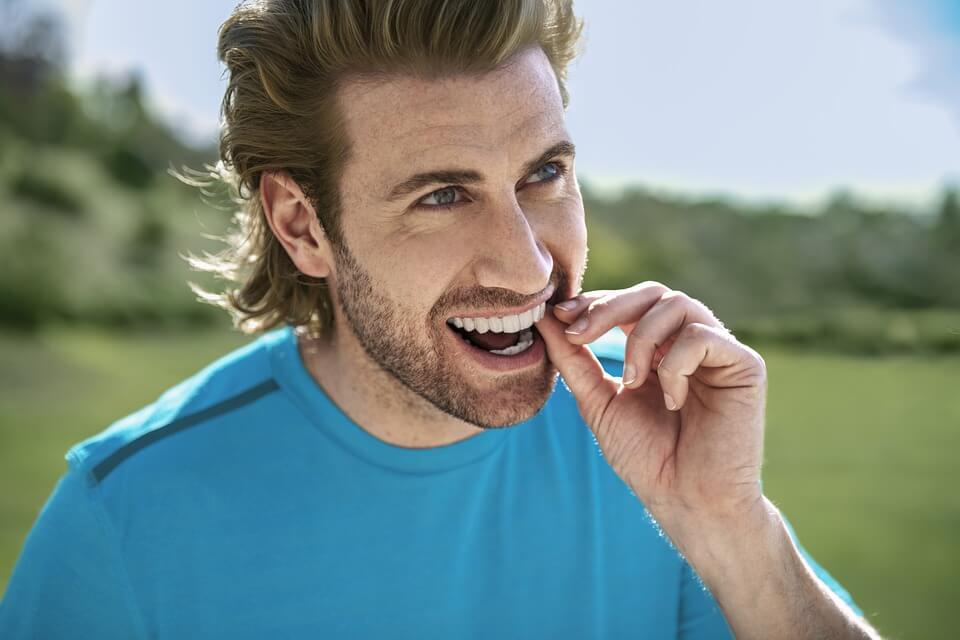
What is An Underbite And How To Correct It?
Having an underbite is not as common as having an overbite, but it can still be a very difficult condition to live with and may warrant a visit to a North York Dentist. This article will talk about what an underbite is and how you can correct the problem.
What Is An Underbite?
An underbite, also known as a mandibular prognathism or overjet, is when the lower jaw protrudes past the upper jaw. It can be genetic or caused by thumb sucking, accident, or pacifier use during childhood. The most common cause of an underbite in adulthood is teeth crowding near the back molars. Some people are born with this condition, while others develop it later on in life.
How To Correct An Underbite?
Braces
One of the most common ways to correct an underbite is through the use of braces. The dental appliances are worn on the teeth’ top and bottom set, with brackets affixed along both arches. They move your jaw into a more forward position to line up correctly when you bite down. Depending upon how severe your case is, you may need to wear braces for up to 18 months. You will need to visit your dentist every six months for adjustments and to clean the braces.
Surgery
If you’re looking for a permanent solution, surgical options can be done to fix the problem. This can be a difficult decision to make, but it may be the best option for some people that have been unsuccessful with braces. The surgical process involves cutting and repositioning your jaw so that you will close down properly when biting together. You might need more than one operation to get everything aligned correctly.
The downside is that they are costly. For those with severe cases, surgery may need to be performed on both sides of your jaw, which will leave noticeable scars in the front or back of your jaws.
Invisalign
If you are unhappy with the idea of braces or surgery, there is an alternative. Invisalign offers a way to correct your bite without any noticeable dental appliances in your mouth. The treatment works by using custom-made aligners that fit your teeth and shift them into place throughout the weeks.
The downside to this option is that you can’t eat anything hard or crunchy while wearing the aligners. They also might not be a good option for those with complications caused by tooth crowding near your back molars.
Tooth Extraction
Another option is to remove teeth in order to create more room. This might be the best solution for those with severe cases of tooth crowding or overcrowding that prevents proper function. Your dentist will work with you to determine what teeth should be removed and how many so that your bite can close without any overbite present at all.
Many people are apprehensive about this approach because they are worried that their teeth will look unnatural or uneven. However, if it is the best course of action for you, then it can be a good way to fix your bite without any noticeable appliances on your mouth.

Teeth
Upper Jaw Expander
Some people with an underbite have the problem fixed by having their upper jaw expanded. This is done through a series of visits for weeks or months, and it involves using appliances that are put in your mouth to widen the bone temporarily.
One downside to this treatment is that you need to wear them every night for two hours at the beginning and every day for 30 minutes as you progress. You will also find that your jaws are sore after using them, which can affect how much talking or chewing you do during treatment time.
Reverse-Pull Gear
If your underbite is caused by a problem with the muscles on one side of your jaw, then this might be right for you. A reverse-pull gear will apply pressure to that muscle that extends into your mouth and pull back on the soft tissue in order to bring it forward.
The downside is that these gears can only be worn about four hours at a time, and they tend to be uncomfortable.
Cosmetic Approach
Another option is to use orthodontic treatments and cosmetic dentistry procedures to change your teeth’ appearance. This can be done by using veneers, bonding, or crowns designed to make your bite appear even.
The downside here is that some people will need several visits with a dentist before getting their desired results, which can be expensive.
The key to correcting an underbite is finding the best way for you based on your needs and budget. If you want something quick and inexpensive, then braces are a good option. They may not be as permanent as surgery, though, so keep in mind before making any decisions.






